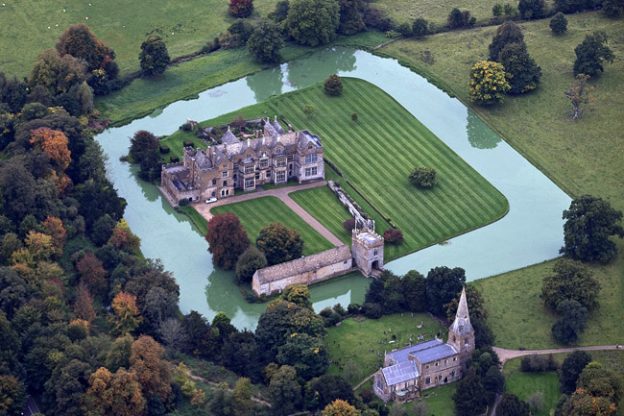Information provided by the OLHA (www.olha.org.uk)
3rd – Henley – Richard Fortey “On Lambridge Wood”. Old Kings Arms Barn (entry from Kings Road car park), 7:45pm.
3rd – Hook Norton – Gill White “Embroidered with woodbine and eglantine: Elizabethan textile furnishings”. Baptist Church Hall, 7:30pm.
11th – Woodstock – Julie Ann Godson “The Water Gypsy: how a Thames fishergirl became a viscountess”. The Oxfordshire Museum, Park Street, 7:30pm.
12th – Banbury – Jane Humphries “History from Underneath: Girls’ Lives in Early Industrial Britain”. Banbury Museum, Spiceball Park Road, 7:30pm.
12th – Didcot – Martin Buckland “The Wilts & Berks Canal – the Past, the Present and Coming Soon”. Northbourne Centre, Church Street, 7:30pm.
12th – Wootton & Dry Sandford – Liz Woolley “Leisure and Entertainment in Victorian and Edwardian Oxford”. Wootton Community Centre, 7:30pm.
16th – Goring Gap – Alan Turton “The sieges of Basing House in the Civil War”. Goring Village Hall, 2:30pm.
16th – Kennington – Graham Clifton “Church bell restoration”. Methodist Church, Upper Road, 7:45pm.
18th – Bloxham – Stephen Barker “Oxfordshire in fifty objects: the exhibition”. Jubilee Park Hall, Brickle Lane, 7:30pm.
18th – Littlemore – AGM and Anni Byard “Archaeological Treasures of Oxfordshire” (to be confirmed). Giles Road Community Centre, 7:30pm.
19th – Abingdon – Nick Barton “Gatehampton Farm and the Thames Valley at the End of the Last Ice Age”. Northcourt Centre, Northcourt Road, 7:45 pm.
20th – Finstock – John Leafield “Putting Finstock on the map: From Gough to Google, a brief introduction to mapping from prehistoric time up to the earliest maps of Britain”. Village hall, 8:00pm.
23rd – Oxfordshire Family History Society – Liz Woolley “Child labour in nineteenth-century Oxfordshire”. Exeter Hall, Oxford Road, Kidlington, 8:00pm.
24th – Enstone – Nina Morgan “William ‘Strata’ Smith, the father of English geology”. The Manor House, Church Enstone, 7:30pm.
24th – Hanney – David Day “The Creation and History of the Architecture of the Pendon Museum Landscape”. War Memorial Hall, East Hanney, 8:00pm.
24th – Sutton Courtenay – Robin Draper “Redcoats to riflemen: the county regiment’s story from 1741”. Village hall, 7:30pm.
25th – Dorchester – Liz Woolley “Children’s Experiences of the Second World War in Oxfordshire”. Followed by AGM. Dorchester Village Hall, 7:30pm.
26th – Museum of Oxford – Tom Crook “The Corruption of Parliament? Has paying MPs led to corruption?”. Museum of Oxford, Town Hall, 6:00pm.

